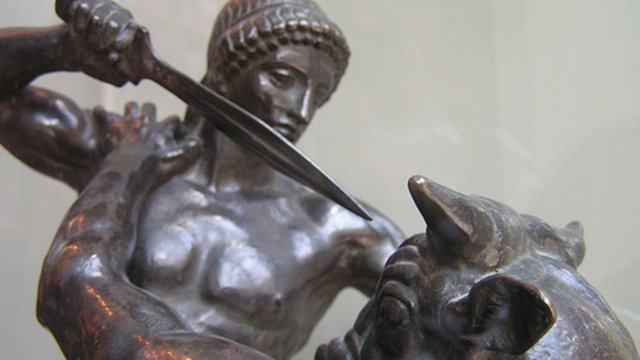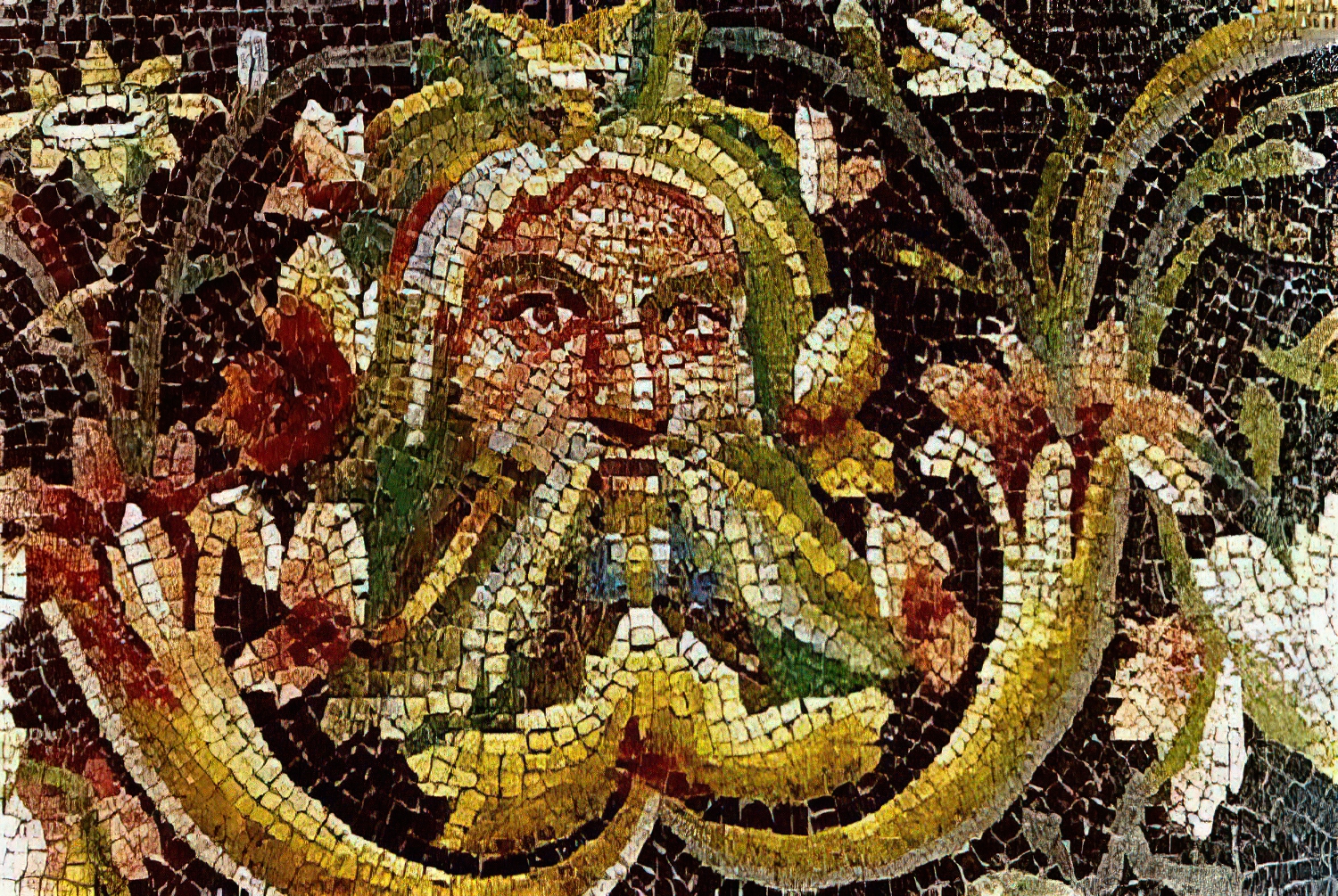Young professionals from Greece, Spain, Italy and the United Kingdom have been inspired to take up the ambitious 'Colossus of Rhodes Project', aiming to revive one of the Seven Wonders of the Ancient World, thus reports the Archaeological News Network.
Since ancient times, the small Greek island of Rhodes has been a main intersection between the Aegean and the Mediterranean seas, and was an important economic center in the ancient world. The capital city, also named Rhodes, was built in 408 BC and was designed to take advantage of the island's best natural harbor on the northern coast. In 357 BC the island was conquered by Mausolus of Halicarnassus but fell into Persian hands in 340 BC and was finally captured by Alexander the Great in 332 BC.
In the late fourth century BC, Rhodes allied with Ptolemy I of Egypt against their common enemy, Antigonus I Monophthalmus of Macedonia. In 305 BC, Antigonus sent his son Demetrius to capture and punish the city of Rhodes for its alliance with Egypt. He attacked the island with 40,000 men and weapons and started a war which lasted a year. A relief force of ships sent by Ptolemy arrived in 304 BC, and Antigonus’ army abandoned the siege, leaving behind most of their siege equipment. To celebrate their victory, the Rhodians sold the equipment and decided to use the money to build a huge statue, to their sun god, Helios, called the Colossus of Rhodes.
The base was made of white marble and the structure was gradually erected as bronze plates were fortified over an iron and stone framework. It stood over 107 feet (30 meters) high, making it one of the largest statues in the ancient world; the thigh alone was supposedly 11 feet (3 meters) in width, the ankle 5 feet (1.5 meters) in length.
Over 2200 years after its collapse, architect Ari A. Palla, archaeologist Christos Giannas and public relations-marketing professional Dionisis Mpotsas from Hellas, civil engineer Enrique Fernández Menendez and economist Matilda Palla from Spain, architect Ombretta Iannone from Italy, as well as civil engineer Eral Dupi from the United Kingdom, recommended its restoration, as part of a European initiative the financing of which is addressed to the general public. According to the creators:
Their primary objective, according to their statement, is to put back on the map the island of Rhodes beginning with the restoration of its historical value, while they also wish to bring out to light the hundreds of archaeological findings forgotten in the storerooms of the island. For the aforementioned reasons, the young professionals are planning to create a gigantic 150 meter-high museum-structure, that will house thousands of archaeological findings that have long been abandoned beneath layers of dust in several storage areas in Rhodes, simultaneously arousing the same emotions that visitors who arrived on the island more than 2200 years ago felt.
The colossal statue will also host a cultural center and a library, while at the same time will regain its ancient function as a point reference for boats (lighthouse). Its size will be larger than the original structure, while its “skin” will be covered by solar panels, making it energy autonomous.
For more videos and construction details visit the website http://colossusrhodes.com
Since ancient times, the small Greek island of Rhodes has been a main intersection between the Aegean and the Mediterranean seas, and was an important economic center in the ancient world. The capital city, also named Rhodes, was built in 408 BC and was designed to take advantage of the island's best natural harbor on the northern coast. In 357 BC the island was conquered by Mausolus of Halicarnassus but fell into Persian hands in 340 BC and was finally captured by Alexander the Great in 332 BC.
In the late fourth century BC, Rhodes allied with Ptolemy I of Egypt against their common enemy, Antigonus I Monophthalmus of Macedonia. In 305 BC, Antigonus sent his son Demetrius to capture and punish the city of Rhodes for its alliance with Egypt. He attacked the island with 40,000 men and weapons and started a war which lasted a year. A relief force of ships sent by Ptolemy arrived in 304 BC, and Antigonus’ army abandoned the siege, leaving behind most of their siege equipment. To celebrate their victory, the Rhodians sold the equipment and decided to use the money to build a huge statue, to their sun god, Helios, called the Colossus of Rhodes.
The base was made of white marble and the structure was gradually erected as bronze plates were fortified over an iron and stone framework. It stood over 107 feet (30 meters) high, making it one of the largest statues in the ancient world; the thigh alone was supposedly 11 feet (3 meters) in width, the ankle 5 feet (1.5 meters) in length.
Over 2200 years after its collapse, architect Ari A. Palla, archaeologist Christos Giannas and public relations-marketing professional Dionisis Mpotsas from Hellas, civil engineer Enrique Fernández Menendez and economist Matilda Palla from Spain, architect Ombretta Iannone from Italy, as well as civil engineer Eral Dupi from the United Kingdom, recommended its restoration, as part of a European initiative the financing of which is addressed to the general public. According to the creators:
"Antoni Gaudi managed to collect fundings from citizens making them feel part of the project Sagrada Familia. We would like to share the same idea but, thanks to technology, people all around the world could be involved. Thus, the Colossus of Rhodes will become a 'global' monument."
Their primary objective, according to their statement, is to put back on the map the island of Rhodes beginning with the restoration of its historical value, while they also wish to bring out to light the hundreds of archaeological findings forgotten in the storerooms of the island. For the aforementioned reasons, the young professionals are planning to create a gigantic 150 meter-high museum-structure, that will house thousands of archaeological findings that have long been abandoned beneath layers of dust in several storage areas in Rhodes, simultaneously arousing the same emotions that visitors who arrived on the island more than 2200 years ago felt.
The colossal statue will also host a cultural center and a library, while at the same time will regain its ancient function as a point reference for boats (lighthouse). Its size will be larger than the original structure, while its “skin” will be covered by solar panels, making it energy autonomous.
For more videos and construction details visit the website http://colossusrhodes.com












